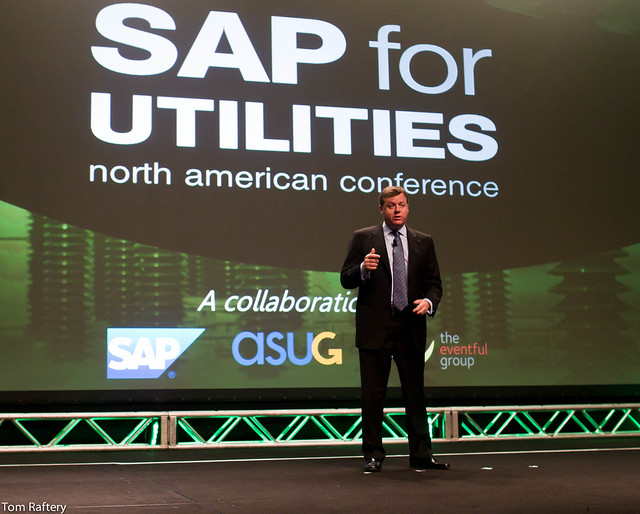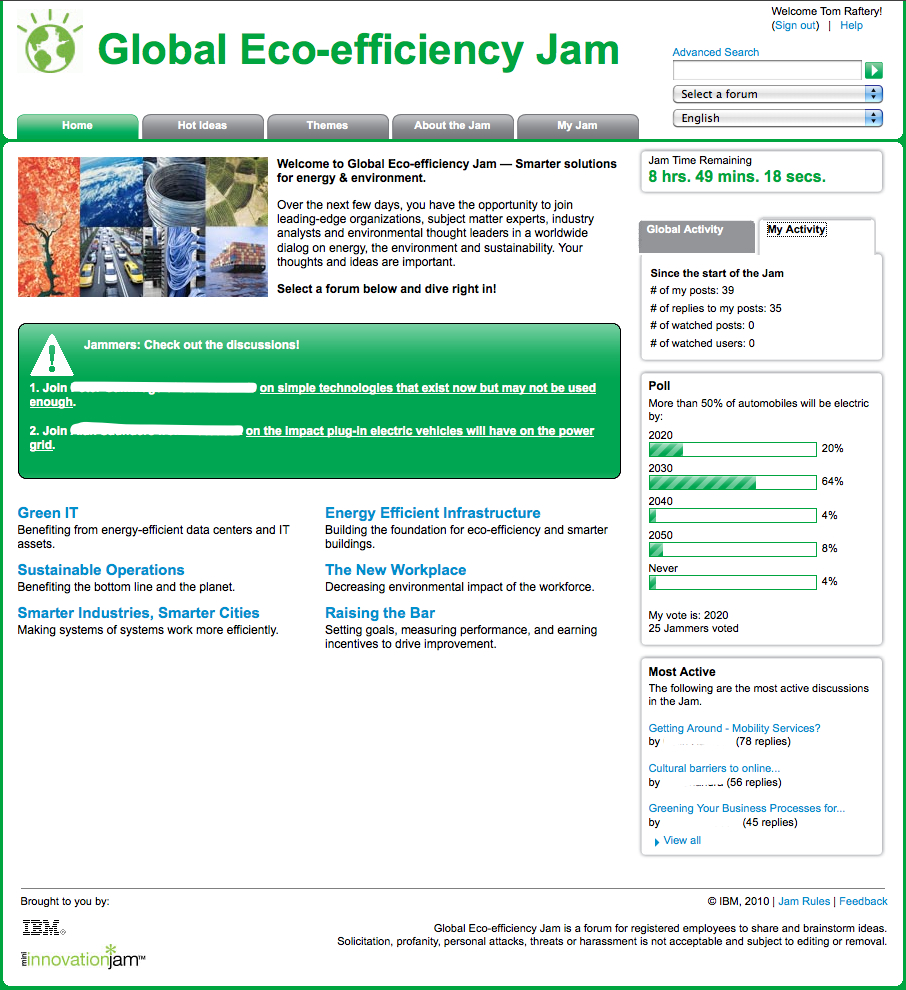Some of the more fascinating stories we looked at on the show, included a very successful Kickstarter campaign for a small router which can completely anonymise your internet activity, Lockheed Martin announcing that they’ve made a breakthrough on nuclear fusion technology, and Satya Nadella’s response to his gaffe last week about women seeking a raise.
Here is the full list of stories that we covered in this week’s show:
Climate
- NASA: September Was Warmest on Record
- Pentagon unveils plan for military’s response to climate change
Energy
- Lockheed announces breakthrough on nuclear fusion energy
- Ultra-fast charging batteries that can be 70% recharged in just two minutes
Hardware
Internet of Things
- August is a fancy lock that could make you ditch your keys
- Bemo wants to turn your old smart phone into a new smart thermostat
Wearables
Mobility
- Apple Pay is available starting Oct. 20, 500 more banks signed up
- Google announces Android 5.0 Lollipop
- Android Lollipop’s New ‘Kill Switch’ Could Discourage Smartphone Theft — But It Still Needs Work
Comms
- Mimosa Networks unveils technology for super-fast broadband wireless networking
- Samsung’s tests yield record-breaking 7.5Gbps 5G speed
Privacy
Open Source
- Introducing AsyncDisplayKit: For smooth and responsive apps on iOS
- Open source “Dronecode” UAV platform project launches
Sustainability



